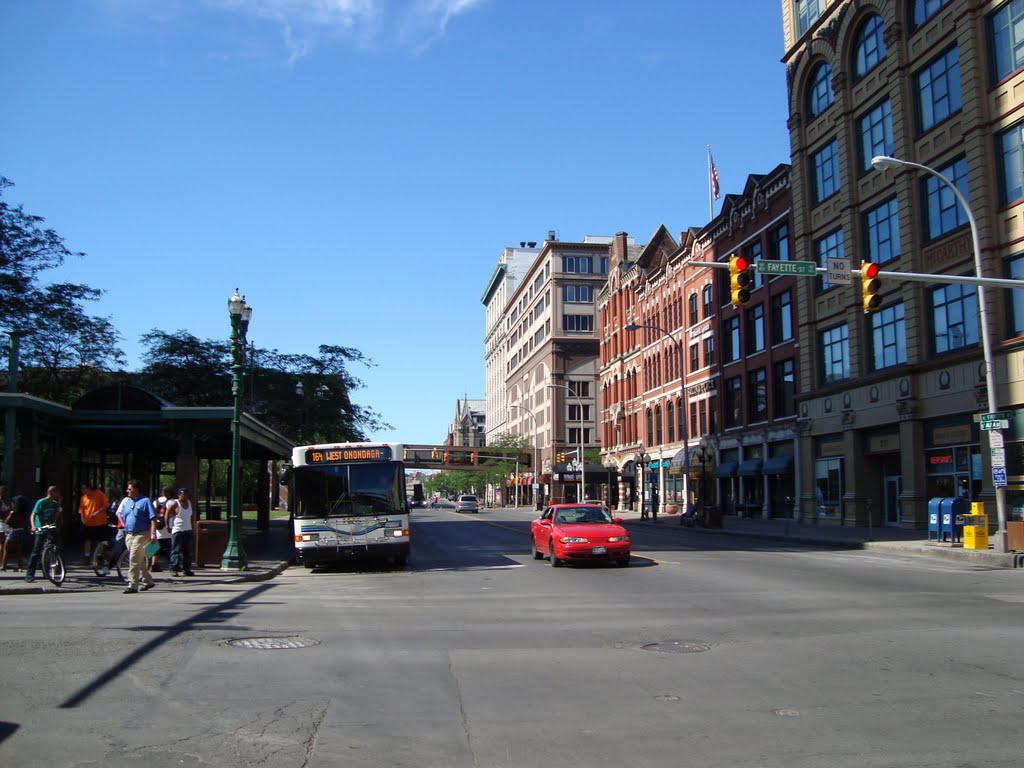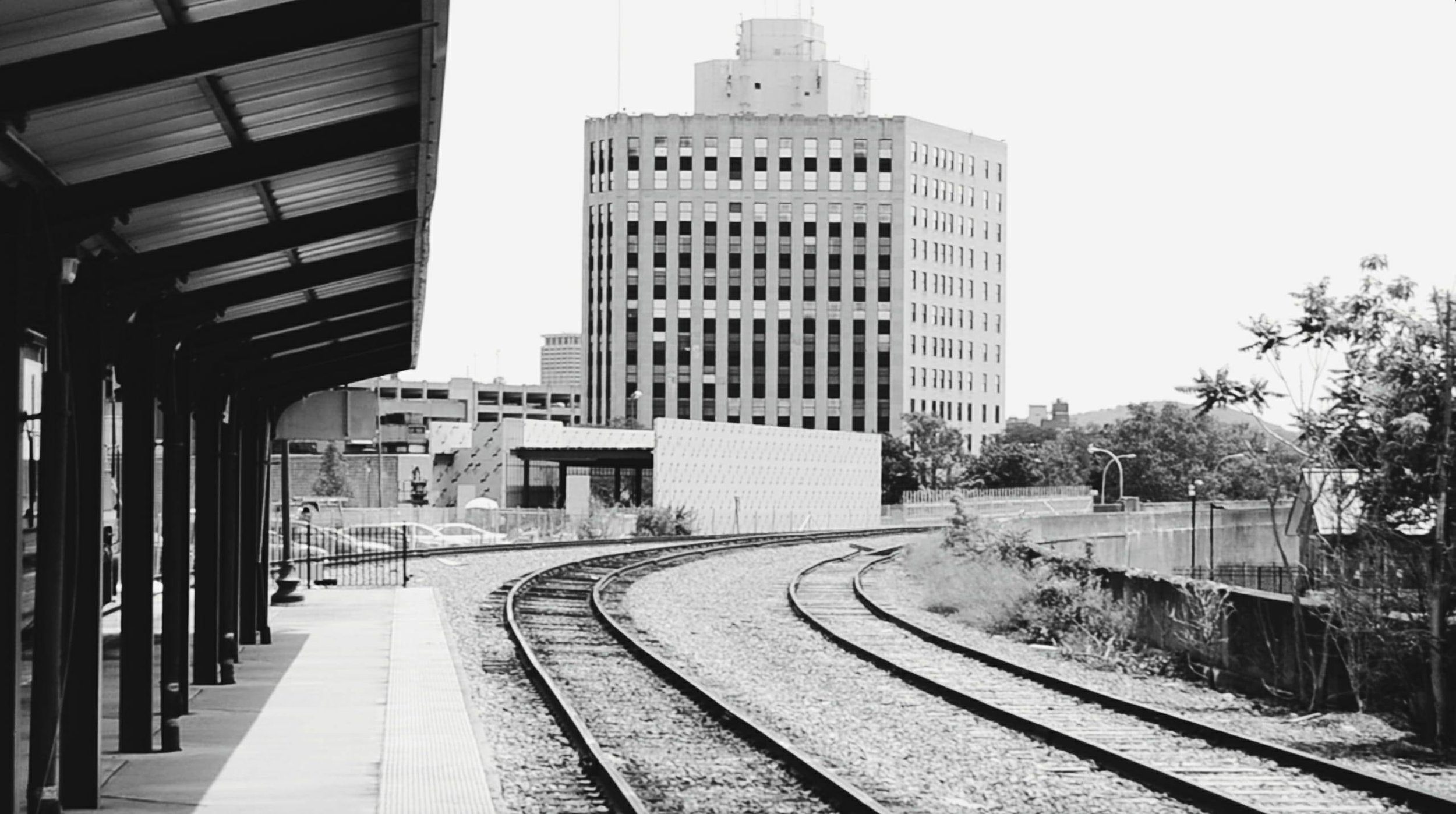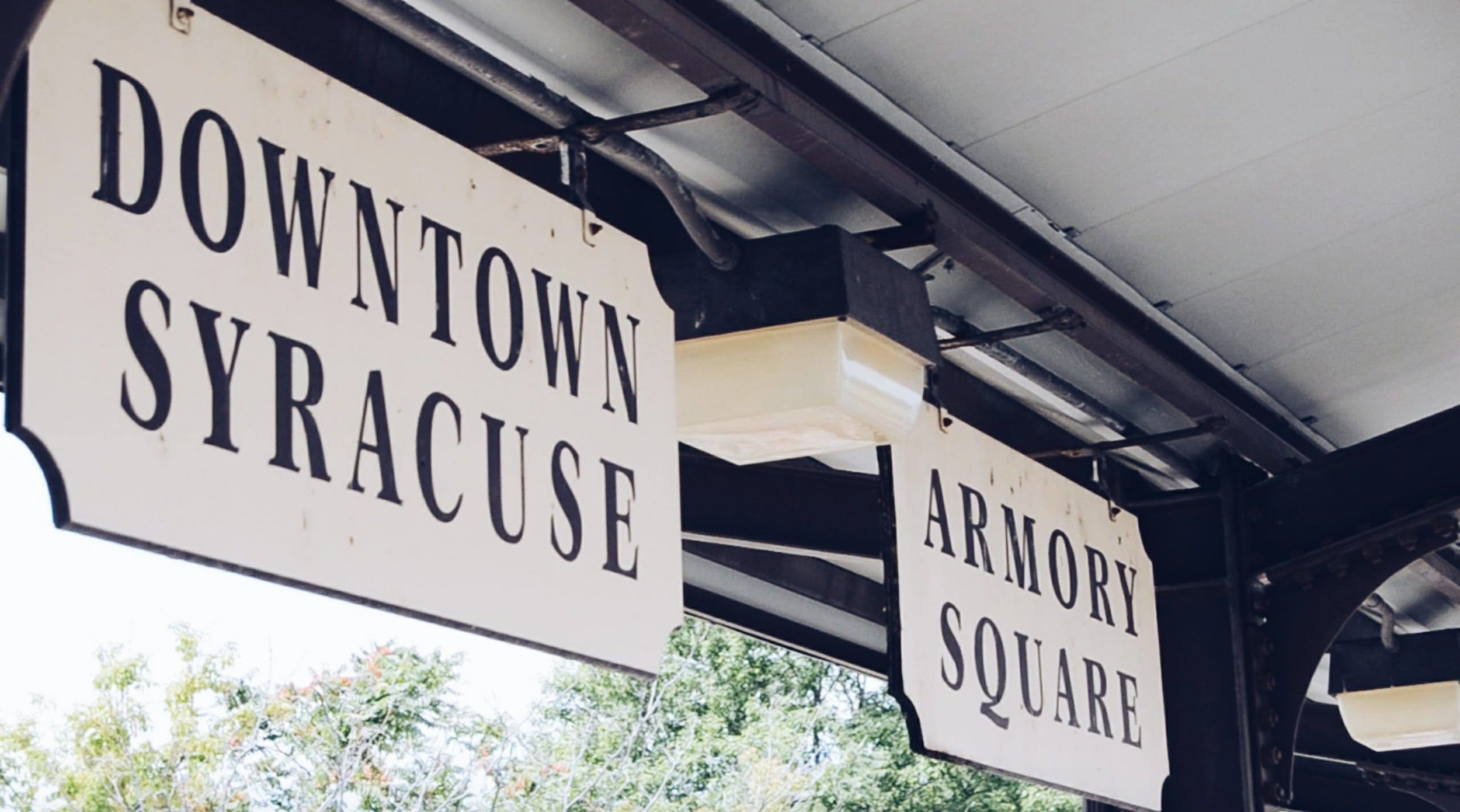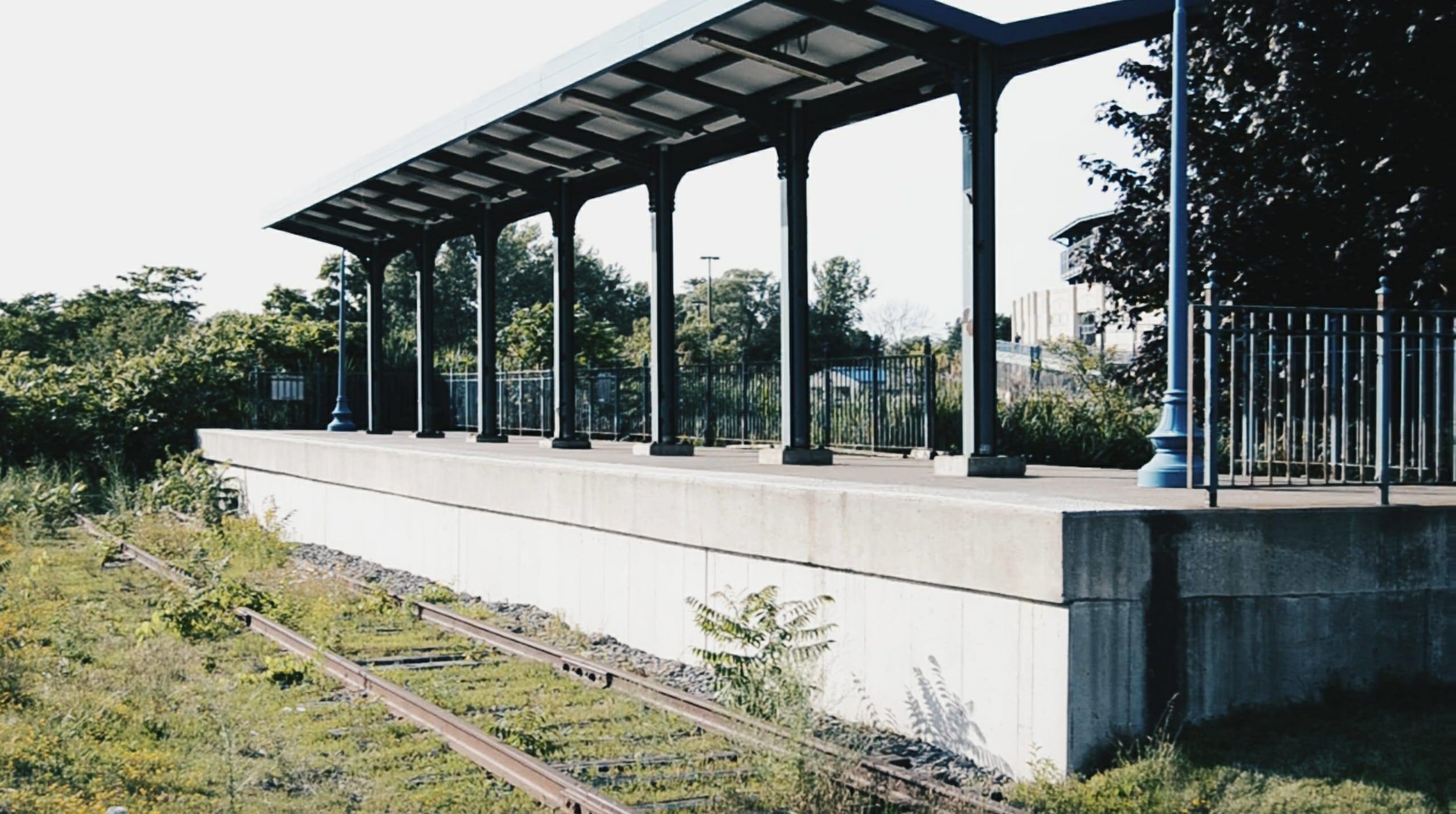I’ve written a lot over the last couple years about how I envision change in Syracuse. Most have focused on specific neighborhoods within the city or the decision about I-81. While I plan on continuing to write out specific ideas in regards to development within the city, I think it’s appropriate to explain my overall view when it comes to planning.
These are overarching themes that you will continue to see throughout my work and how I believe they can lead us to a more connected and vibrant city in the near future. Many of these do not require a great deal of investment, but instead just a simple change of policy to guide future development. With ReZone Syracuse still in the works, Blueprint15 being discussed, and a decision on I-81 looming, this is the time that everyone should be staking out ground on what they believe the city can achieve. This is our moment to define what our community should be like moving forward.
Before getting into the specific categories below, I want to focus on the main title of this piece, “Keep the City Urban.” Something that has happened to cities throughout the country was this feeling that we need to adapt and take on more suburban characteristics to compete with the suburbs. This includes an emphasis on single family homes, shopping malls, big box stores, parking lots, etc. Each of the items I’ll address take the view opposing these types of developments. We should be embracing what makes cities unique and providing a true alternative lifestyle to the suburbs, one based on interconnected neighborhoods, walkable streets, accessibility for all age groups, and, most of all, a dense network of different cultures working together. Good urban planning and urban design can help us reach towards these goals.
Implement and Urban Growth Boundary
This doesn’t apply directly to the City of Syracuse, but instead to Onondaga County. Former County Executive Joanie Mahoney had discussed the need to limit new development within the county to our current footprint, and she was right to do so. Onondaga County has had a stable population for 40 years, and yet we have continued to expand outward. This is disastrous for our municipal budgets, having to pay for more infrastructure with the same or less tax money than we previously had, and is also disastrous for our environment. The further people live from the city center, the further they must drive to reach most employment centers.
We should look to Portland in regards to their work using an urban growth boundary, but we should be much stricter when it comes to not expanding the right to develop. Unless our community grows exponentially, we have developed more land than we need. If anything we should be working to bring some of those living in the exurbs back in towards the city. Any future development should be infill development that increases the density of our communities.
This will likely face backlash, especially amongst those living and representing those further out communities, but we must focus our development in productive ways that add to the cohesion of our region, not put ourselves in silos far from each other.
I recently read a blog post titled “Upstate Most Earn ‘Parity’” in which the author breaks down why Upstate communities have not earned the right to demand more funding for their transportation systems because they have not done enough to come up with a plan to control their sprawl. In her eyes, additional transportation funding would be wasted because we haven’t put together a framework for how our communities will develop moving forward, so we will constantly be needing to extend lines outward to serve fewer and fewer people. I whole heartedly agree with her on this. We have not done enough to curb sprawl and create a unified vision for our county and region.
She also brings up a few other ideas that I will address later in this piece, including the idea of high speed rail across New York State.
Get Rid of Single Family ONLY Zones/ Redefine a Single Family Home
America has been sold the idea that the quickest way to the middle class is to own your own home. I won’t get into the political and economic history of this ideology, but I will address the need for our urban centers to move away from exclusive zonings for detached single family homes.
The ReZone Syracuse effort has preserved detached single family zonings across a handful of neighborhoods within the city. When looking through the code I just can’t help but feel it would benefit our city to turn every one of these zones into One and Two Family zones. This wouldn’t prevent single family homes from existing, but would give home owners and developers the option to create a more dense community if the so choose.
While this is a good first step, we should also be redefining what a single family home can be. One thing we are missing in Syracuse, especially when you look to our fellow Upstate cities of Albany and Troy, is a stock of townhouses and row houses. These homes allow for dense, urban development while still providing the opportunity for home ownership and green space. These should not be the townhouses found in suburban developments, along winding roads without sidewalks and hidden among parking lots.
This can be referred to as the “missing middle,” as its not quite dense apartment living but a much more walkable community than our current detached single family neighborhoods. They line the street with an attractive street wall which invites neighbors to be part of the street instead of pushed back into a guarded home. Think of the brownstones in Brooklyn or the row houses in Philadelphia.
We should also be pushing for more investment in condos throughout downtown and the more densely populated business districts. If we are to work within our economic system that emphasizes home ownership, we should be providing residents with more urban options, instead of relying on an outdated want to compete with the suburbs. Again, keep the city urban, provide those who find an urban environment appealing with more options.
In the zoning examples below from ReZone Syracuse, the pale yellow is all detached single family homes, prominent in the less diverse neighborhoods within the city. The darker yellow is a combination of 1&2 family homes, most noticeably on the Northside. The brownish yellow color is multi family homes, more prominent as you move towards Downtown from the Southside. Downtown and the immediate areas around it are the newly minted mix-use zone in various shades of purple. Finally the red commercial zones dominate Erie Blvd. and section of the Southside.
Mix-Use Instead of Single Use
Mix-use is finally getting its day in Syracuse, after decades of our daily needs being separated by zoning. Our old, traditional neighborhoods, like Little Italy on North Salina St., have continued to have mix-use development, while the rest of our city was split between housing and commercial development. Downtown has been pushing towards mix-use for over a decade now, and ReZone Syracuse is looking to finally put this desire in code through a large part of our city. This is all good news, but it doesn’t go far enough.
Erie Blvd. is left out of the mix-use development, remaining almost solely commercial, even while its prime real estate to take advantage of a bus rapid transit (BRT) system, as well as the cross state bike path that will be running right through the heart of the city. It can also follow the path of the new Dewitt zoning that’s looking to concentrate growth along the corridor in dense developments. Erie Blvd. was once the most vital artery of our city as the Erie Canal, there’s no reason we can’t connect back to this history with mix-use development.
Parking Maximums Not Minimums
Within minutes of speaking with me about planning we will probably address the subject of how there is too much parking. Most people will disagree and complain about the fact that they often have to circle forever to find an open spot. In fact they are identifying the real issue, too much free parking. Free parking has led more people to drive because they’ve been subsidized a spot to put their car for the 95% of the time they’re not in it. By requiring businesses to build off-street parking we had further subsidized the use of cars and our restructuring of the city around them. This goes against everything I mean when I say “keep the city urban.”
Hidden parking rules hurt our cities. Will Chilton and Paul Mackie of Mobility Lab explain.
We should not require any businesses to build parking spaces, but instead encourage active development along bus lines where it’s more efficient to move people. This will become even more apparent in my following topic as to why this will work. But to focus on parking; it adds unneeded costs to development that raises rents for both businesses and home renters alike, it chops up the streetscape making it unappealing to walk across large swaths of near vacant land, and it promotes more driving which has a negative impact on the environment, our health, and our economy.
Instead we should focus on introducing parking maximums that cap how many spaces a development can build, while also giving them the option of not building any. This leaves it up to the business or the apartment building to decide whether it is beneficial to them to have spaces on their property or if they believe street parking is sufficient. It’s not saying parking will be taken away, it’s just allowing businesses to decide what works best for them. And if we begin to focus on transit oriented development (TOD), which I highly recommend, more people may be able to access their businesses and get to work without use of a car to begin with.
Real Bus Rapid Transit/ Free Public Transit/ Revive Ontrack
Bus rapid transit (BRT) has been around for decades, but has only recently caught on in the US at a major scale, although only a few lines are truly BRT and not just priority lanes. Most BRT systems in the US simply paint a red lane down the side of the road that reads “Bus Only,” while also reducing the number of stops and introducing off-vehicle fare payment. While these are important steps and can drastically improve service, it doesn’t live up to what BRT can be.
Streetfilms LA’s Orange Line BRT system
The Orange Line is Los Angeles is probably the greatest example of a BRT line in the US, as it runs on completely separated lanes in the middle of the road designated only for buses and emergency vehicles. This removes all other traffic and allows the bus to operate with the same efficiency as a light rail or subway line. This is what a BRT line should be like. New York’s buses struggle to keep up due to cars constantly parking in bus lanes or using them as turn lanes. BRT systems need lanes that are curbed to keep all unwanted traffic out and ideally in center lanes to show its priority. These curbs can contain vegetation or other decorative designs that show a level of care and concern for the system.
There are multiple streets throughout Syracuse that could be more efficient if we implemented BRT properly, including Erie Blvd., James St., and Salina (both North and South). Every college in the Syracuse area should include at least one stop and have frequent service as those are all major employment destinations as well as a major source of riders since many students do not have cars. But these systems must be implemented with daily commuters in mind.
This is also why I believe our public transportation system should be free. If we truly see the purpose of government and public transit as being the great equalizer we should be putting our money towards programs that benefit the greatest number of people. By making public transit free you not only benefit current riders and low income workers, but you also start to attract new riders who may decide it makes more sense to live without a car when they can hop on a bus so easily, especially when there’s a new and improved system. This is an idea I’ll be exploring in much greater detail in future writings, but it’s a topic that people should be considering.
Another aspect of our transit conversation should be the revival of OnTrack. I won’t go too far into this topic here as I have already laid out my case on this topic in a previous post, The argument essentially breaks down to providing more palatable options for commuters as people tend to have higher opinions of trains than buses. If you are interested in reading more please see my piece “I-81: A Chance to Change Our Relationship with Transportation.”
City Beautiful: This idea of free mass transit is not as crazy as you might think.
Bike Lanes for Everyone
This goes along with the idea of improving access to public transit as we must also focus on alternative modes of transportation. Already we’ve been seeing bike lanes pop up throughout Syracuse, some are much better than others (looking at you ‘sharrows’), but its encouraging to see them at all. What the city should be doing is every time a road is up for a complete repaving we should be looking at how we can include bike infrastructure on the new surface. This can be as simple as a few painted line (personally believing every bike lane should be painted bright green to bring more awareness to it) or a completely separated lane for enhanced safety along busier streets.
Currently our bike lane network is almost completely disconnected. Until we can find ways to connect these lanes it’ll be tough to convince an infrequent rider to venture out onto the city streets and contend with traffic. The Empire State bike path that is to follow the length of the Erie Canal is a huge boon for bike infrastructure and we should be using it as a catalyst for more lanes, especially in order to connect it to the Creek Walk and our Loop the Lake effort. We should be a destination for bike riders no matter the season, which means we should be plowing all of our bike lanes with the same frequency as we plow roads.
Implementing these lanes along with the introduction and hopeful expansion of Sync (the new Syracuse bike share program) could transform our relationship to transit. We should have a Sync station at every BRT stop, allowing for us to solve those “last mile” issues.
East Genessee Street through Syracuse.
Build Stronger Connections with New York and Toronto
The final major theme that I will continue to address is strengthening our connections to the two thriving metropolises within hours of our city. Often we think of New York City and Toronto as these distant places completely disconnected from the economy and world of Syracuse and Upstate New York. When we think that way we are shutting down the possibilities our location provides us.
Above I mentioned a blog post about Upstate needing to earn its parity with Downstate. Within that post, the author describes how a high speed rail (HSR) from Toronto to New York, passing through Buffalo, Rochester, Syracuse and Albany, could completely revitalize our cities. I agree with this. Currently the average train ride from Syracuse to NYC takes 5.5 hours. A flight takes 45 minutes, but with a great deal of time going through security and then getting from the airports to the central business districts.
HSR could make it more viable for businesses to locate certain offices in Upstate cities with it taking only a couple hours for transit between Syracuse and NYC, or maybe even just an hour to get to Toronto. We should be looking for ways to tie ourselves to these global cities, especially through our universities. We have highly respected educational institutions throughout our region that should be vying to capture investments from companies in these major markets.
I also believe SUNY ESF should be part of more conversations in our region as the world looks to move more towards environmentally friendly technologies. We have one of the premier institutions on that subject in our backyard, and yet we let it become overshadowed by its proximity to Syracuse University. We need both institutions to work within our city to reshape it as a progressive home to forward thinking individuals.
The Road Ahead
As I said, these are the major themes that will continue to come up in my individual pieces. I truly believe Syracuse and our Upstate neighbors have strong bones that can be built upon, we just need to think about policies and planning that can strengthen our urban cores and create modern cities that are leading the way on both environmental and equity issues. These two issues go hand-in-hand and can be addressed with many of the ideas I’ve laid out here. I hope this piece helps to clarify my thoughts moving forward and begins a conversation with anyone who reads this.
I’d love to hear feedback on these ideas as it only helps to shape how I look at these issues.























